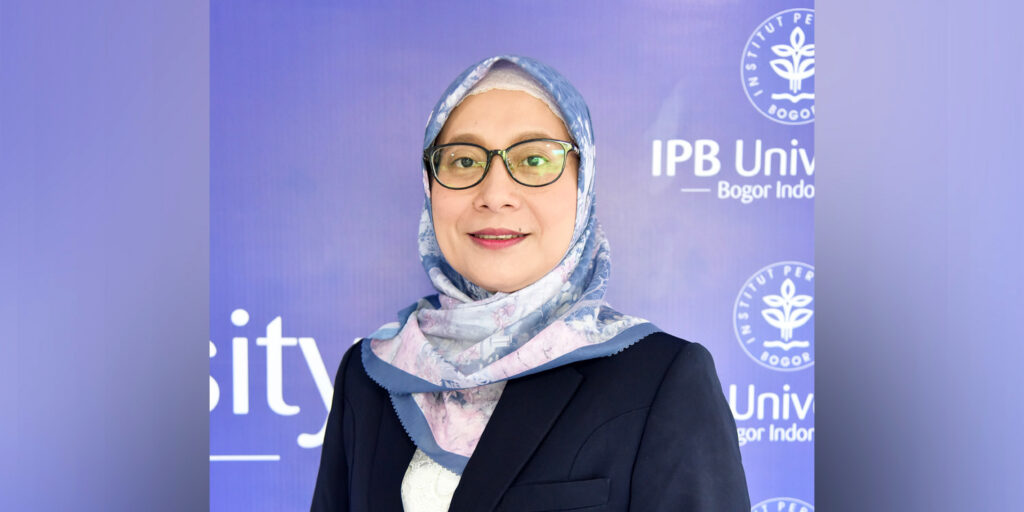Dr Rina Mardiana, Advisory Board of IPB University’s Center for Agrarian Studies, thoroughly explores issues surrounding land allocation, agrarian conflicts, and justice challenges in Indonesia’s small islands. In particular, she presents her analysis of what happened in the Thousand Islands and Riau Islands.
Thousand Islands: Population Pressure and Reclamation
Dr Rina, revealed that the Thousand Islands, with hundreds of small islands, are facing sedimentation and sand dredging problems that are reducing the number of islands. From data from the Ministry of Marine Affairs and Fisheries (KKP), only 11 islands are inhabited out of a total of 110 islands.
“North Seribu Island is the area with the highest population density in small islands in Indonesia,”she said in the Hybrid Lecture “Political Ecology of Small Islands in Indonesia: The Case of Thousand Islands and Riau Islands”, some time ago.
This land limitation, said Dr Rina, encourages people to carry out reclamation “from below” in stages, which often conflicts with the National Marine Park area. On the other hand, reclamation “from above” by investors with large capital also occurs.
“The difference in reclamation treatment between communities and investors raises questions of justice,” she explained.
Still in the Thousand Islands, Kelapa Dua Island has experienced significant expansion due to independent reclamation by the Bugis community. Meanwhile, Pari Island in the south faces conflicts over land claims by private parties for tourism.
Rempang Island: Conflicts over Relocation and PSN
Rempang Island in the Riau Islands is another case. As part of the Barelang area, it is the focus of conflicts related to the Rempang Eco City National Strategic Project (PSN).
“The project, which was stalled due to indications of corruption in the past, is back on track and has drawn rejection from the Malay indigenous people who have long inhabited 16 old villages,” explained D. Rina.
According to her, the deployment of authorities in the land measurement process triggered allegations of human rights violations. The community rejected relocation, which was later changed into a narrative of “local transmigration”.
Dr Rina, who is also a lecturer at the Faculty of Human Ecology (Fema) IPB University, considers the “local transmigration” narrative as a euphemism for forced relocation.
She believes that forced relocation has the potential to cause a “tragedy of the commons” and threaten local food sovereignty. Horizontal conflicts have also arisen with Tanjung Banon residents who refuse to let their fishing grounds be used by relocated residents.
“The Rempang indigenous people insist on maintaining their ancestral land rights and question why development should exclude traditional communities,” she said.
In addition, the vagueness of the environmental impact assessment (EIA) and project design adds to the concerns.
As a comparison, he cited the success of local wisdom-based tourism management in Penyengat Island. The Rempang community does not reject development or investment, but demands a fair mechanism that involves meaningful public participation.
“As an archipelagic country, development and tourism in small islands must actively involve communities through meaningful consultation, respect their rights, and pay attention to social-ecological sustainability,” she said. (US) (IAAS/LAN)

